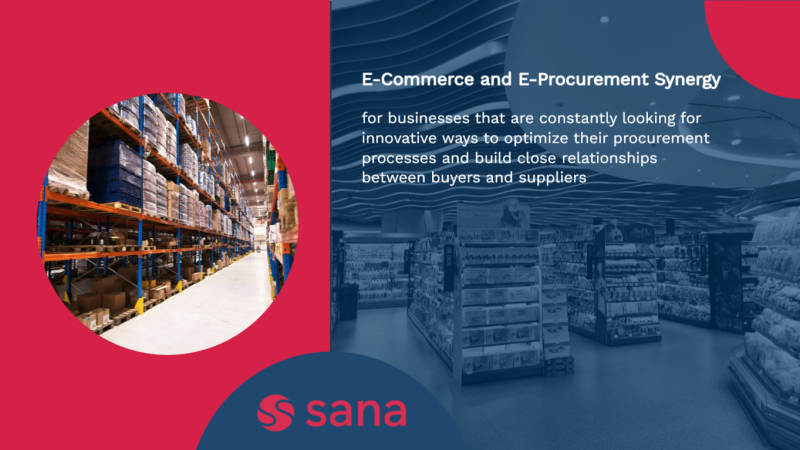How E-Commerce and E-Procurement Systems Coexist
With the rapid evolution of technology, businesses are constantly looking for innovative ways to increase efficiency, reduce costs, and optimize their procurement processes. One of the relatively new solutions that has gained widespread popularity is the integration of e-procurement systems with e-commerce solutions. This powerful synergy changes how companies approach the procurement of goods and services and provides a seamless and user-friendly experience for buyers and suppliers.
E-procurement and e-commerce systems are both integral components of digital business ecosystems, but they serve distinct purposes within the broader context of business operations. Here are the key differences between e-procurement and e-commerce systems:
- E-procurement: The primary focus of e-procurement systems is on automating and optimizing the internal processes related to the procurement lifecycle within an organization. This includes tasks such as requisition, approval workflows, supplier management, purchase order generation, and invoice processing. Transactions in e-procurement are typically business-to-business (B2B) within the internal procurement system of an organization.
- E-commerce: E-commerce systems, on the other hand, are designed for online buying and selling activities. They focus on online stores, product catalogs, shopping carts, secure payment processing, and order fulfillment. The e-commerce systems cater to external customers and aim to facilitate transactions between businesses (B2B) or businesses and consumers (B2C) in a digital environment.
The traditional procurement process often involves multiple systems, creating unnecessary complexity and delays. Integrating e-procurement systems with e-commerce solutions addresses this challenge by enabling a direct connection between a buyer's e-procurement system and the supplier's e-commerce platform. This connection allows users to access the supplier's catalog directly from within their e-procurement system, eliminating the need for manual data entry and streamlining the entire procurement workflow.
E-commerce platforms play a pivotal role in this integration, serving as the digital storefronts for suppliers. By connecting these platforms with e-procurement systems, businesses can leverage the rich capabilities and features offered by e-commerce solutions. This includes real-time inventory updates, personalized pricing, and automated order processing, further enhancing the efficiency of the procurement process. The integration of these systems creates a seamless end-to-end solution, enhancing the entire procurement journey for organizations across industries.
As organizations increasingly embrace digital transformation, the importance of seamless and efficient procurement processes cannot be overstated. The integration of e-procurement systems with e-commerce platforms represents a significant leap forward in achieving this goal. This will play a crucial role in reshaping how businesses manage their procurement processes. The seamless flow of information, improved collaboration among stakeholders, and the ability to adapt to changing market dynamics make this integration strategically important for organizations looking to stay competitive in the digital era.
